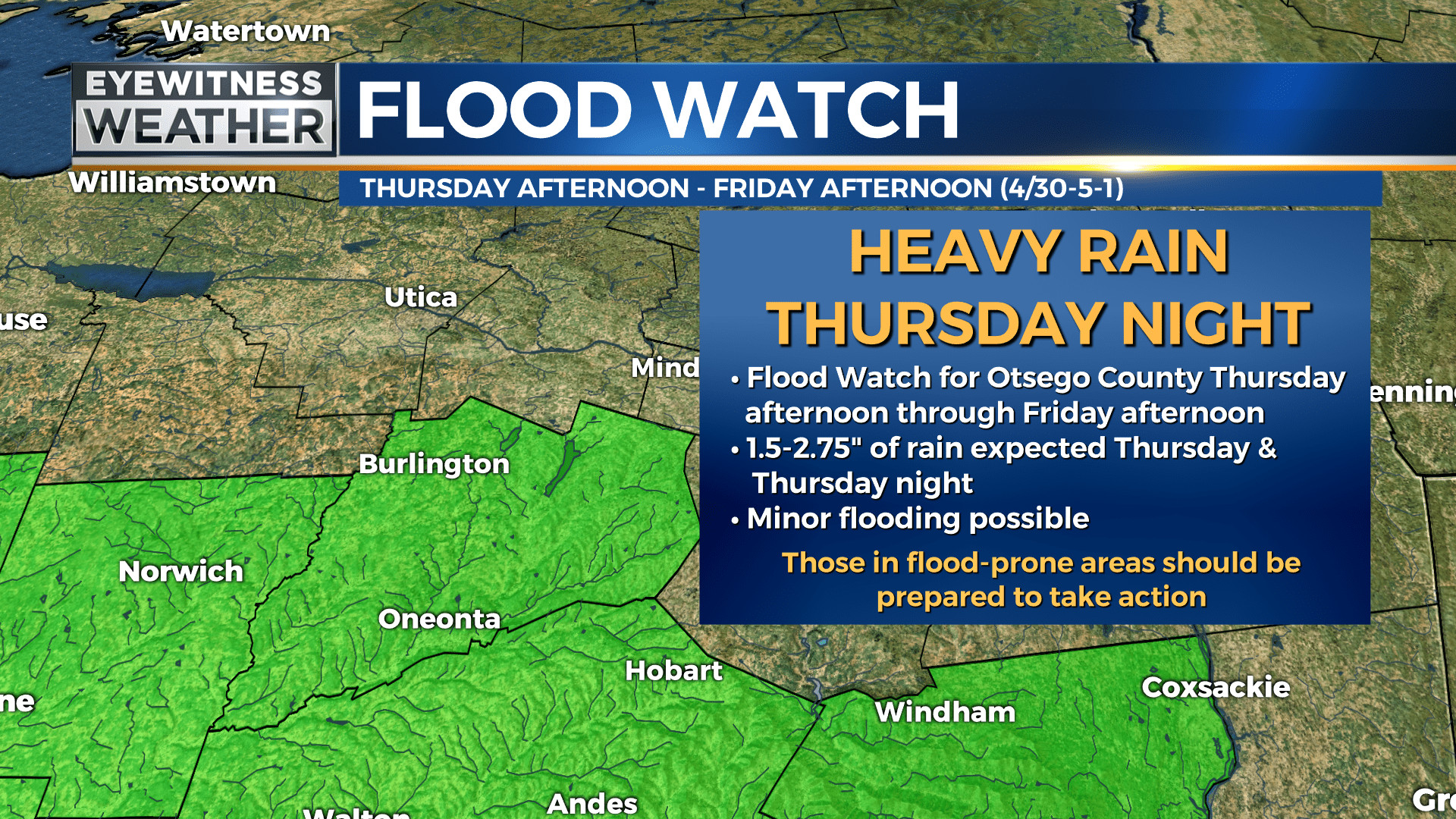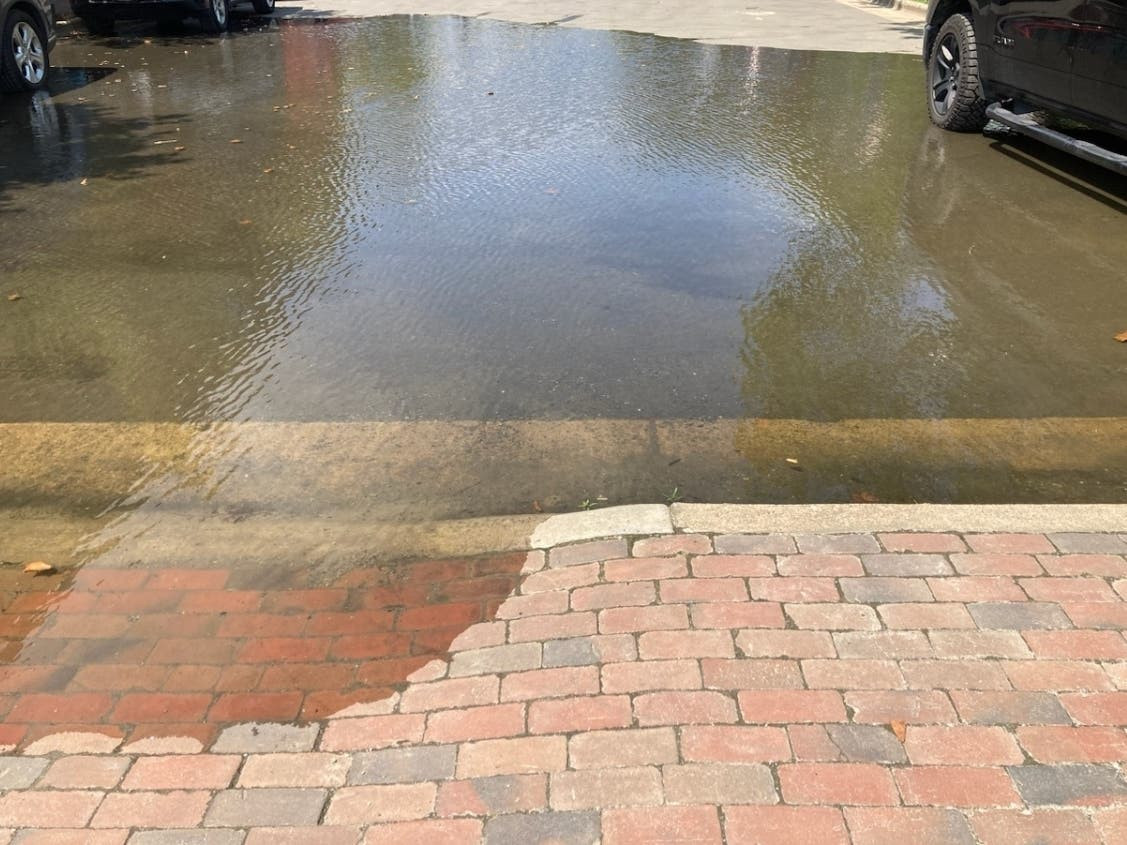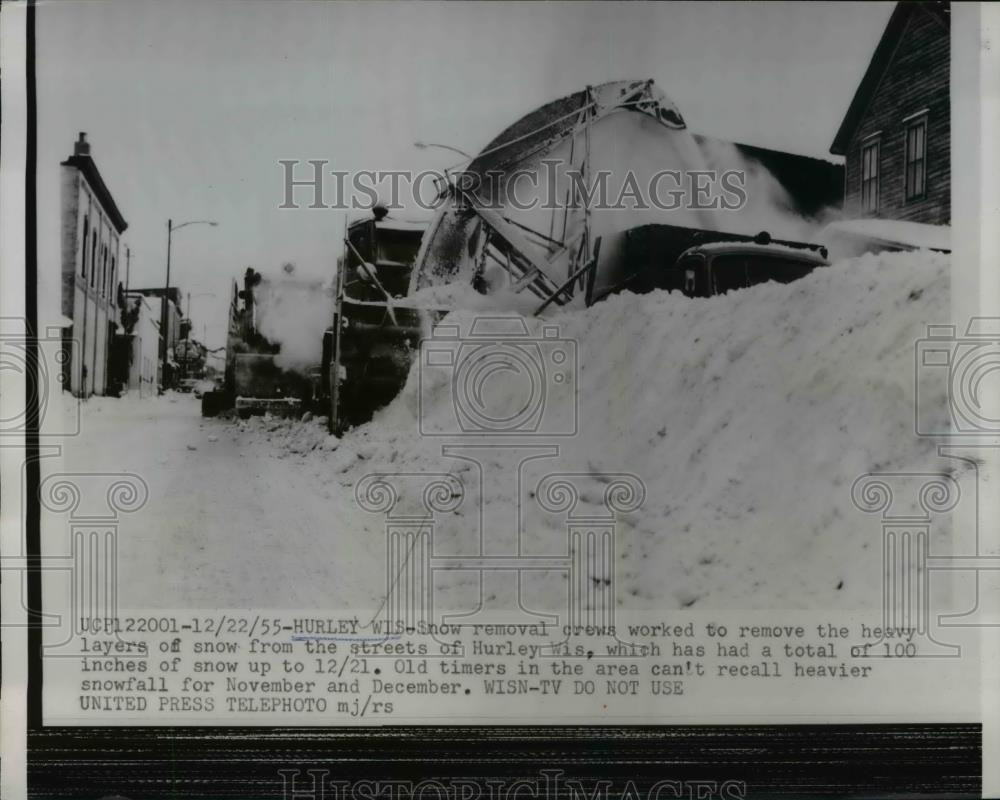After some scattered showers and storms on Monday, we expect a better coverage in the showers and storms as we head into Tuesday night and Wednesday morning.
We've got a warm front parked pretty much right over the area, that is allowing numerous waves of showers and storms to fire up and ride along it.
Some of these will also be very effective and efficient rainmakers as they make their way through area backyards. Some of us have already seen that this evening, more will get it overnight.
Because of this a FLOOD WATCH is up for most places south of the James River through 8 a.m. Wednesday morning.
Even if you're north of the James, some heavier rain will still greet you overnight tonight.
Area-wide we'll get a good drink of water overnight.
Most places will pick up about an inch of rainfall, but where some of these super soakers set up, some of us will get more than that.
Don't take these numbers for gospel, but just know that isolated higher amounts will be possible.
The severe weather threats this evening, while low, are not zero.
We've already had one tornado warning for the Southside, and I think if we were to see additional ones that's where they would be as the storms could interact with that front, and try to spin.
Again, a low chance - and definitely not the largest threat - but one we will be watching.
Deciphering Advisories, Watches, and Warnings: Understanding Weather Alerts
Understanding the differences between weather advisories, watches, and warnings is crucial for staying safe and prepared during inclement weather. Here's a breakdown of each alert and what they mean for you:
Flash Flood Warning: Take Action!
A flash flood warning is issued when a flash flood is imminent or occurring. If you are in a flood-prone area, move immediately to high ground. A flash flood is a sudden violent flood that can take from minutes to hours to develop. It is even possible to experience a flash flood in areas not immediately receiving rain.
Flood Warning: Take Action!
A flood warning is issued when flooding is imminent or occurring.
Flood Advisory: Be Aware:
A flood advisory is issued when flooding is not expected to be bad enough to issue a warning. However, it may cause significant inconvenience, and if caution is not exercised, it could lead to situations that may threaten life and/or property.
Flood Watch: Be Prepared:
A flood watch is issued when conditions are favorable for flooding. It does not mean flooding will occur, but it is possible.
When Floods Strike: Guidelines from the NWS for Your Protection
Floods can pose a significant threat, especially if you live in a flood-prone area or find yourself camping in a low-lying region. To ensure your safety, the NWS offers essential flood safety guidelines:
Move to Higher Ground:
If you're in a flood-prone area, or if you're camping in a low-lying spot, move to higher ground as a first step.
Adhere to Evacuation Orders:
If local authorities issue an evacuation order, heed it promptly. Prior to leaving, secure your home by locking it.
Disconnect Utilities and Appliances:
If time allows, disconnect your utilities and appliances. This reduces the risk of electrical hazards during flooding.
Steer Clear of Flooded Basements and Submerged Areas:
Avoid basements or rooms submerged in water with electrical outlets or cords. Preventing electrical accidents is crucial.
Swift Evacuation for Your Safety:
If you notice sparks or hear buzzing, crackling, snapping, or popping noises, evacuate immediately. Avoid any water that may be charged with electricity.
Stay Away from Floodwaters:
Never attempt to walk through floodwaters, even if they appear shallow. Just 6 inches of fast-moving water can forcefully sweep you off your feet.
Seek High Ground If Trapped:
In the event you become trapped by moving water, make your way to the highest point available and contact emergency services by calling 911.
Navigating Rainy Roads: Safety Tips for Wet Weather
Rain can turn roads into hazards. Stay informed and follow these NWS tips to ensure safety during heavy rainfall:
Beware of Swollen Waterways
Avoid parking or walking in close proximity to culverts or drainage ditches, as the swiftly moving water during heavy rain can potentially carry you away.
Maintain Safe Driving Distances
Use the two-second rule to maintain a safe distance from the car in front of you and allow an extra two seconds in heavy rain.
Slow Down and Stay Cautious
If it is raining and the roads are wet, slow down. Take your foot off the accelerator and let your speed drop gradually. Never use the brakes suddenly because this may cause the car to skid.
Choose Your Lane Wisely
Stick to the middle lanes to minimize the risk of hydroplaning. Outer lanes are more prone to accumulating water.
Prioritize Visibility
Enhance your visibility in heavy rain by turning on your headlights. Watch out for vehicles in blind spots, as rain-smeared windows can obscure them.
Watch Out for Slippery Roads
The first half-hour of rain is when roads are slickest due to a mix of rain, grime, and oil. Exercise heightened caution during this period.
Keep a Safe Distance from Large Vehicles
Don't follow large trucks or buses too closely. The spray created by their large tires reduces your vision. Take care when passing them as well; if you must pass, do so quickly and safely.
Mind Your Windshield Wipers
• Heavy rain can overload the wiper blades. When visibility is so limited that the edges of the road or other vehicles cannot be seen at a safe distance, it is time to pull over and wait for the rain to ease up. It is best to stop at rest areas or other protected areas.
• When stopping by the roadside is your only option, position your vehicle as far off the road as possible, ideally beyond guardrails. Keep your headlights on and activate emergency flashers to alert other drivers of your position.
In the face of heavy rain, these precautions can make a significant difference in ensuring your safety on the road. Remember to stay informed about weather conditions and heed guidance from local authorities for a secure journey.
Flooding Possible in Some Areas of Central Virginia
Stay informed about changing weather conditions and be prepared for potential flooding.


















